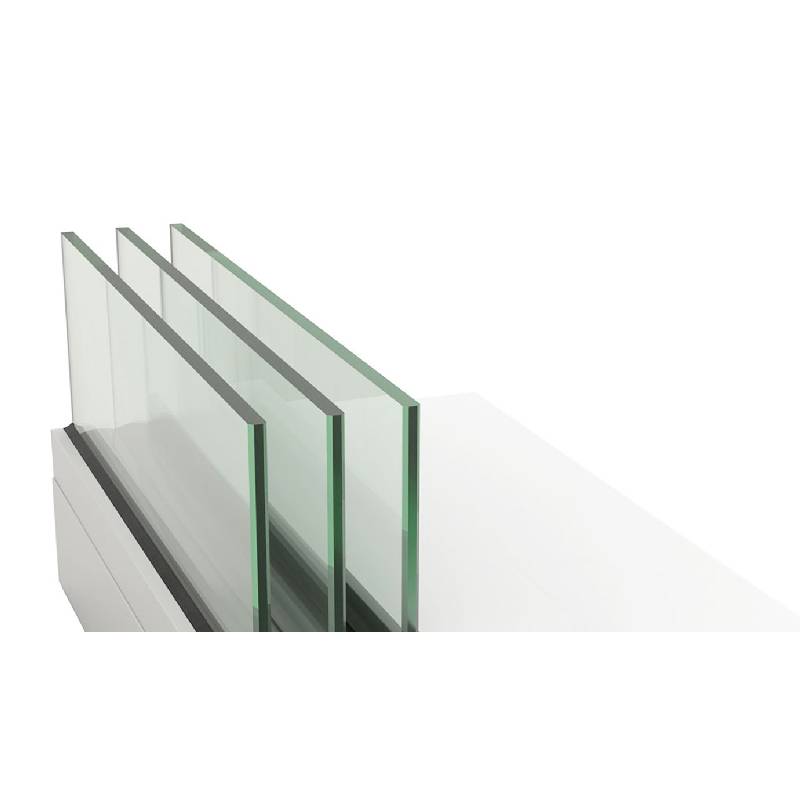

Understanding Mirror Glass Prices Factors and Trends
In the world of interior design and architecture, mirror glass holds a unique place. Not only does it serve functional purposes—such as allowing us to check our appearance or reflect light to create a sense of spaciousness—but it also contributes to the aesthetic of a room or building. Consequently, understanding the pricing of mirror glass is essential for homeowners, designers, and construction professionals alike. This article explores the factors influencing mirror glass prices and the current trends within this niche market.
The first factor affecting the price of mirror glass is the type itself. There are several varieties, including standard mirrors, beveled mirrors, and decorative or specialized mirrors. Standard mirrors are generally the most affordable, whereas beveled edges add a touch of elegance and thus increase the price. Specialty mirrors, such as those that are anti-fog, tinted, or made with activity-specific coatings, can also command higher prices due to their added functionality.
2. Quality and Thickness
Quality significantly impacts pricing. Higher-quality glass tends to be clearer, more durable, and free from imperfections, which can elevate the cost. Thicker glass, often used for larger mirrors, also tends to be more expensive due to the increased material costs and the complexities involved in production and installation. Therefore, consumers must balance their budget with their desire for quality.
3. Size and Customization

The size of the mirror is another key factor in determining price. Custom-sized mirrors, which are often requested to fit specific spaces or design concepts, typically come with a premium price tag due to the additional manufacturing and installation processes required. Standard sizes may be more budget-friendly, but they may not fit every design need, which can lead to compromises in aesthetics.
4. Market Trends
Current market trends also influence mirror glass prices. As consumers increasingly prioritize sustainable living and energy efficiency, there is a growing demand for eco-friendly products, including mirror glass made with sustainable materials or manufacturing methods. This shift can affect pricing structures, as environmentally conscious options may come at a higher cost due to their production processes.
Additionally, the rise of online retailers has altered purchasing habits and price transparency. Consumers can now easily compare prices across multiple suppliers, leading to more competitive pricing in the market. Nevertheless, it’s crucial to consider beyond just the price tag; factors such as shipping costs, installation fees, and warranty options should also be factored into the overall expenditure.
Conclusion
In conclusion, several factors contribute to the pricing of mirror glass, including type, quality, size, and current market trends. For those looking to purchase mirror glass, it is vital to assess their needs and budget holistically. By understanding the intricacies of mirror glass pricing, consumers can make informed decisions, ensuring that they choose the right products that align with both their functional requirements and design aspirations. As trends continue to evolve, staying updated on market changes will help buyers navigate this fascinating yet complex realm of interior design.